List of AHSEC Chemistry Lab Practical Experiments and Observations
Chemistry is everywhere ‒ everything we see, touch, eat is made up of some sort of organic or inorganic chemicals. And the best way to learn chemistry is to do it by hands-on experience. Today, we will talk about the AHSEC chemistry practical syllabus, its exam format, marks distribution, and a list of experiments and observations.
The government-run education system in the state of Assam runs in two tiers. From primary to secondary level, an agency called SEBA overlooks this matter. But for the higher secondary level, the responsible organization is Assam Higher Secondary Education Council (AHSEC). You can find their website here .
Recently, the AHSEC has released the Assam board chemistry syllabus, and accordingly, we are presenting the AHSEC chemistry practical syllabus here today. When you need to learn HS chemistry practicals, you can refer to the list of experiments here. This higher secondary chemistry curriculum lists everything you need to know at XI-XII grades.
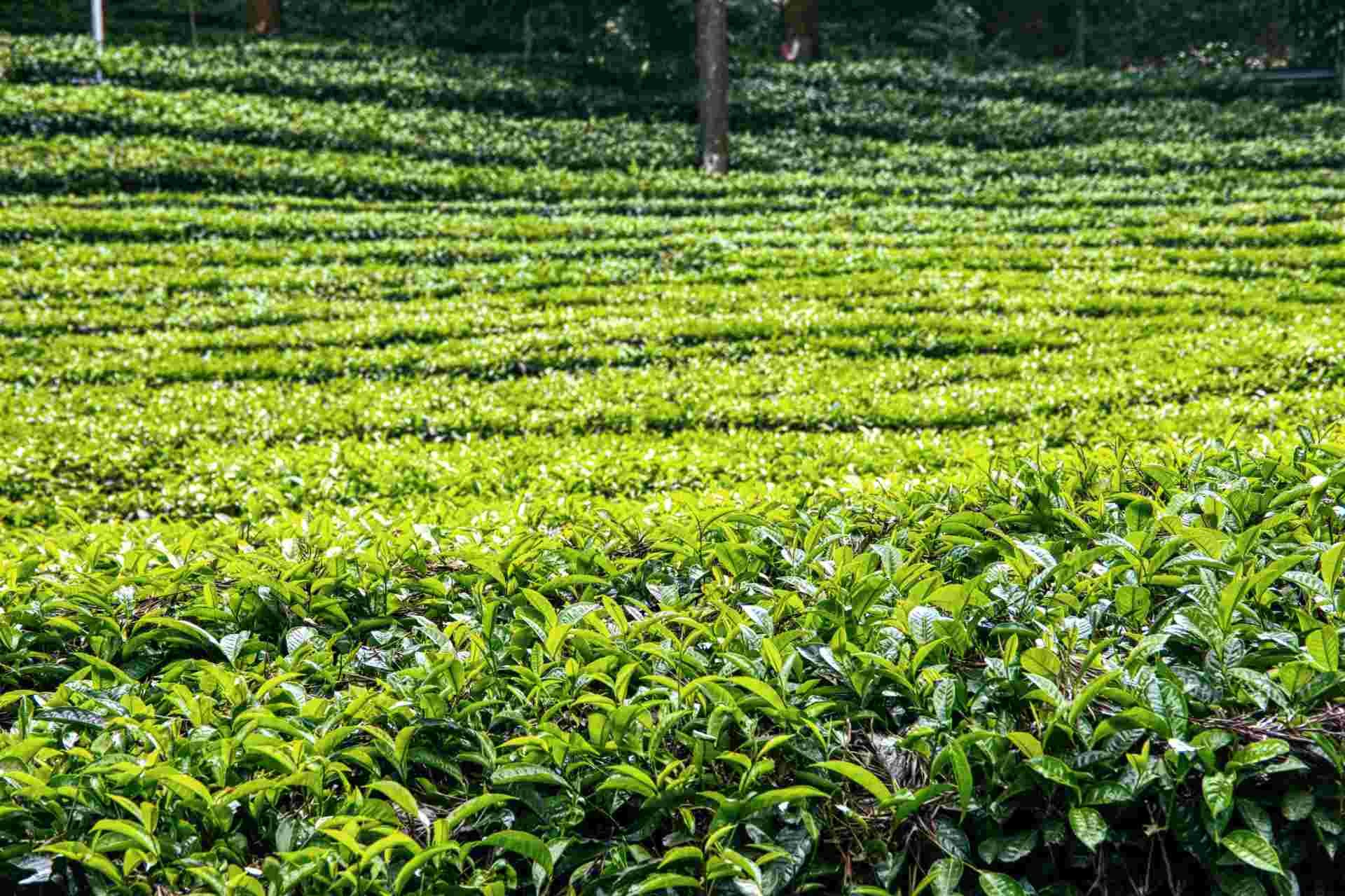
Interestingly, Labkafe has published a special package for this syllabus. Labkafe’s AHSEC Chemistry Lab Package has everything you need to perform all the experiments in the list below. It includes all lab glassware, lab consumables, apparatus, tools, and equipment enough for 30 students. It is highly customizable too ‒ you can adjust the amounts of anything in this lab package .
The Assam board chemistry practicals are intended to be held over 60 periods of laboratory work. The chemistry practical exam has 30 marks in total and it involves laboratory work as well as project work. Any of the following experiments can appear on the exam, so you have to be prepared for all of them. Some schools don’t choose to complete all of the practical syllabus though, for many reasons. In that case, you can take the help of the Labkafe Tutorial Service.
AHSEC Chemistry Lab Experiment List
Basic Lab Technical Knowledge
- Cutting of glass tubes and glass rods.
- Bending of glass tubes.
- Drawing out a glass jet.
- Boring a cork.
Characteristics of Chemical Substances and Purification
- Finding out the melting point and boiling point of an organic compound.
- Crystallization of impure samples of the following:
- Alum
- Copper sulphate
- Benzoic acid
pH Value Related Experiments
- Find out the pH value of a given solution of the following using pH papers or universal indicators:
- Fruit juices
- Acids, bases, and salts of known concentration
- Compare the pH values of a strong and weak acid of the same concentration.
- Titrate a strong acid against a strong base and study the pH change with a universal indicator.
- Observe the pH value change in the common-ion method for weak bases and acids.
Equilibrium Related Experiments
- Observe how the chemical equilibrium shifts between ferric and thiocyanate ions while changing their concentrations.
- Observe how the chemical equilibrium shifts between cobaltous and chloride ions while changing their concentrations.

Quantitative Estimation Based Experiments
- Learn how to use a chemical balance properly.
- Prepare a standard solution of the following:
- Oxalic acid
- Sodium carbonate
- Find out the strength of an unknown strength solution of sodium hydroxide by titrating it against a standard solution of oxalic acid.
- Find out the strength of an unknown strength solution of hydrochloric acid by titrating it against a standard solution of sodium carbonate.
Qualitative Analysis Experiments
- Salt analysis experiment ‒ find out which cations and anions are present in a given unknown salt (soluble salts only).
- Cations of: lead, copper, arsenic, aluminum, ferric, manganese, nickel, zinc, cobalt, calcium, strontium, barium, magnesium, ammonium
- Anions: carbonate, sulphide, sulphite, sulphate, nitrite, nitrate, chloride, bromide, iodide, phosphate, chromate, acetate
AHSEC Chemistry Projects
Students will also have to complete a project and make a report on that. This would include sample collection, laboratory testing, and information collection from various sources. Some of the projects that the Assam board suggests are as follows.
- Take drinking water samples from various sources and check for bacterial contamination in them by testing for sulphide ions.
- Observe how water purification is done in various methods.
- Take various samples of drinking water from different sources, and check for the following: hardness, presence of iron, fluoride, chloride, etc. Figure out why the results are coming that way.
- Study how the foaming capacity of various soaps change with the ingredients, and observe the effect of adding sodium carbonate on them.
- Test out the acidity (pH levels) of extracts of different types of tea leaves.
- Observe the evaporation rates of different kinds of liquids.
- Interpret how acids and bases affect the tensile strength of fibers.
- Analyze the pH levels of different fruit juices and vegetables.

Assam Board Chemistry Practical Exam
The Assam board of higher secondary education, AHSEC, takes board exams in March-April of every year. The practical work, including the project, should be finished by then. Although most schools don’t choose to finish the complete practical curriculum, you can take help from other laboratory tutorial services as the one Labkafe provides.
All of the above experiments and observations can be done using Labkafe’s AHSEC Chemistry Lab Package. This package includes all the equipment, apparatus, glassware, and consumables enough for 30 people. The package has been specifically designed for Assam board affiliation, so if you are building a school in Assam targeted to state board affiliation, this package is mandatory for you. Also, for renovating your chemistry laboratory, this package is very good.
AHSEC has created quite a well-rounded curriculum for its higher secondary grade students. The AHSEC chemistry practical syllabus for classes 11 12 is very appropriate for building basic wet lab skill sets that would come extremely handy at later education and work if you choose to go the chemistry or biology way. As a part of our dream of bringing affordable practical education to every child in India, the AHSEC lab packages can be extremely useful.
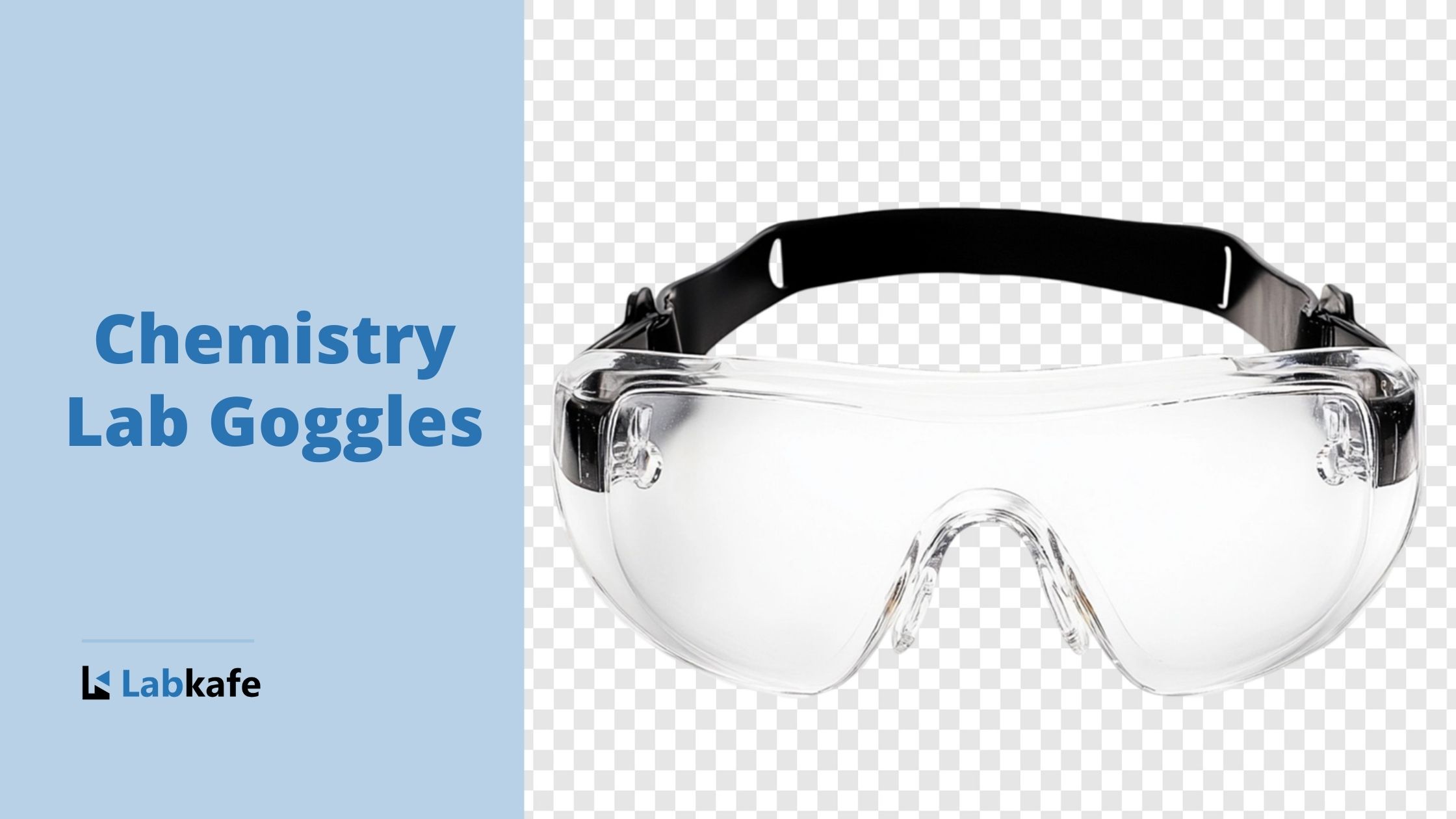







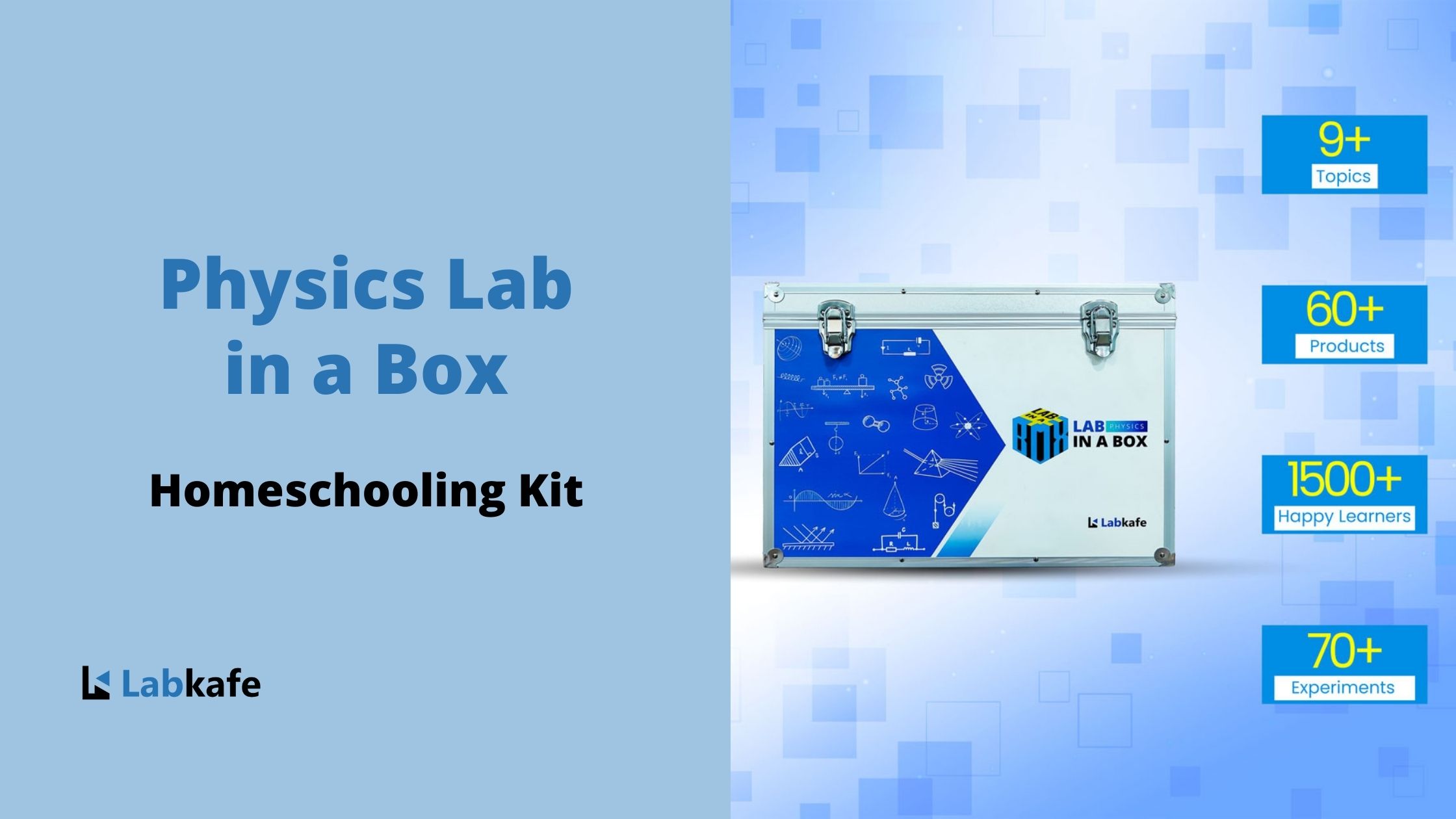
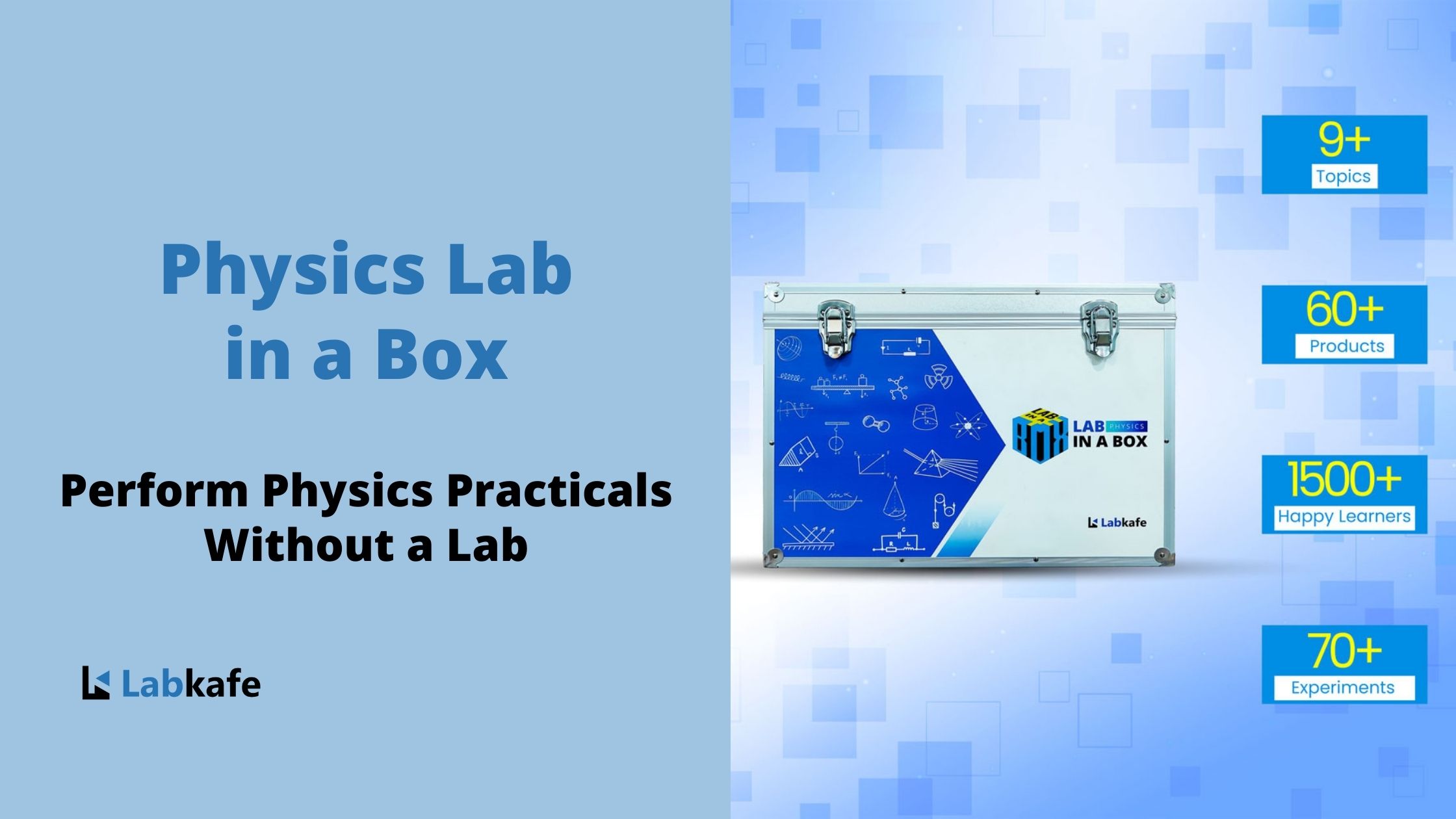

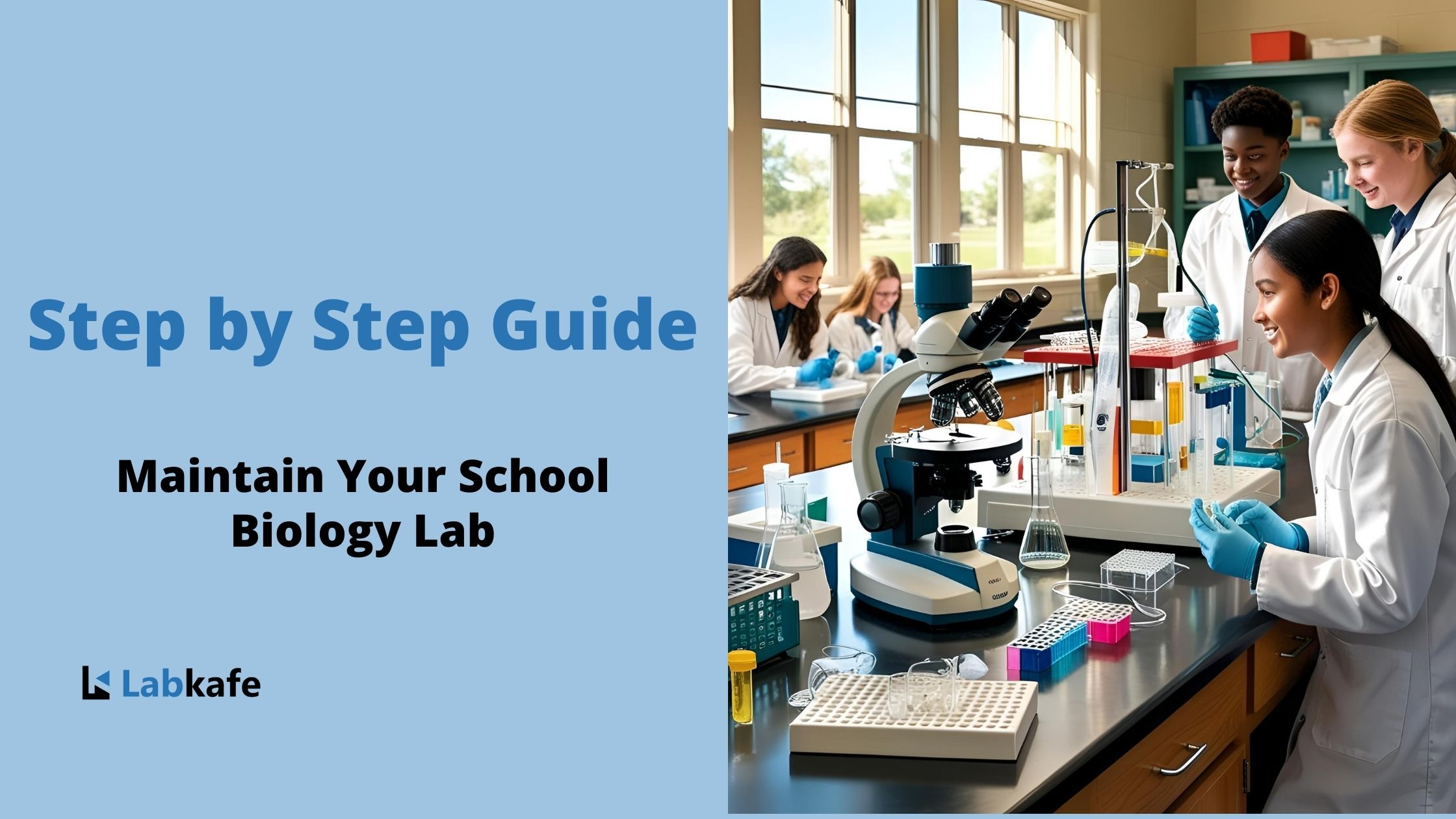
Leave a Reply